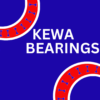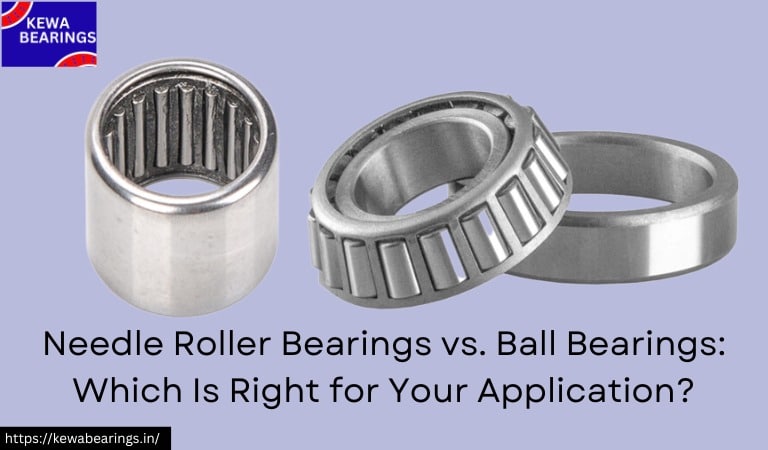For those engaged in the bearing industry, it is more than important to have an in-depth understanding of the various types of bearings, their pros and cons as well as their application. This not only helps in serving the clientele with the right product but also contributes towards the growth of the business. One of the two similar yet different bearing products are needle rollers and ball bearings. For all those who get confused as to which one is apt for them, this blog by Kewa Bearings is for you. So, hang tight and read till the end.
An In-Depth Understanding of the Needle Roller Bearings
Kewa needle bearings are a type of roller bearings that use small cylindrical rollers. The bearing is considered a needle roller bearing if the rollers’ diameter and length ratio are between 0.1 and 0.4.
Structure:
The typical structure of a needle ball bearings includes a needle cage, which serves to orient and contain the needle rollers, the needle rollers themselves, and an outer race. The needle cage is typically made of a material such as stamped steel or plastic and helps to keep the needle rollers in place, while the outer race is generally made of a more complex material such as steel or brass.
Maintenance:
In terms of maintenance, needle bearings have a relatively low maintenance requirement. They are typically lubricated with grease or oil, and the lubricant should be checked and replenished as needed. Additionally, they should be kept clean and free from debris to ensure proper operation.
Overall, needle bearings offer a high load-carrying capacity and minimal space requirements. In addition to that, umpteen needle bearing types are available to meet different application needs.
A Sneak Peek into the Realm of Ball Bearings
These Kewa bearings are rolling-element bearing that uses balls to maintain the separation between the bearing races. They are designed to reduce rotational friction and support radial and axial loads.
Structure:
The basic design of a ball bearing includes at least two races that contain the balls and transmit the loads through the balls. One of the races is typically stationary, while the other is attached to the rotating assembly, such as a hub or shaft. As the bearing rotates, the balls roll between the races, which reduces the friction and wear on the bearing. Radial bearings are designed to support radial loads, while angular contact bearings are designed to support axial and radial loads. Thrust bearings are designed to support axial loads.
Maintenance:
In terms of maintenance, roller ball bearings require regular lubrication, which can be oil or grease. The lubricant should be checked and replenished as needed to ensure proper operation of the bearing. Additionally, they should be kept clean and free from debris to ensure proper operation and extend their lifespan.
Overall, ball bearings are a versatile and durable type of bearing that is well-suited for a wide range of applications.
Which Bearing Is Apt For You?
Both ball and needle roller bearings are designed to reduce rotational friction while supporting radial and axial loads. However, their efficiency and effectiveness depend on specific applications. Ball bearings are generally better for applications that may require high-speed rotation. They have a lower coefficient of friction at startup and during operation, which means they can reach higher speeds with less resistance.
Needle bearing types are more suitable for applications that demand higher load capacities. This is because the line contact (rather than point contact in ball bearings) allows for a broader distribution of the load across the bearing.
In terms of efficiency, ball bearings often tend to have a slight edge when it comes to minimizing friction at high speeds. However, needle ball bearings can handle larger loads more effectively due to their design.
Buy ball bearings at the best quote from Kewa Bearings at https://kewabearings.in/.

